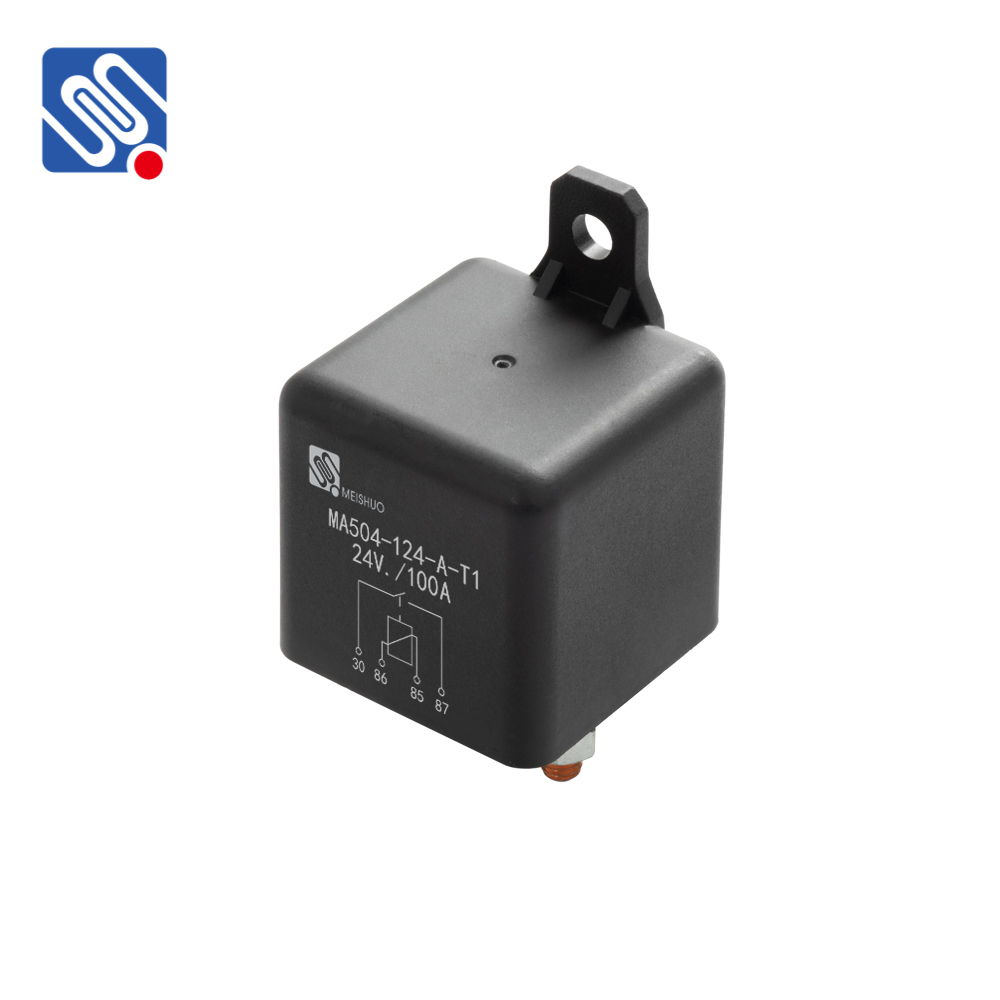A 12V 100A relay is an essential component in a variety of electrical systems, particularly when high current handling is necessary. From automotive applications to renewable energy systems and industrial control, the 12V 100A relay plays a vital role in switching large electrical loads with a low voltage control signal. This article explores the features, applications, and benefits of the 12V 100A relay, and how it can be used in modern electrical systems.

What is a 12V 100A Relay? At its core, a 12V 100A relay is an electromechanical switch that allows the control of large electrical currents with a small control voltage. Specifically, the “12V” refers to the operating voltage of the relay’s coil, which is typically powered by a 12V DC (direct current) source. The “100A” indicates that the relay can handle a current of up to 100 amperes through its contacts when activated. This makes it ideal for controlling high-power devices in various applications. How Does It Work? The working principle of a 12V 100A relay is based on the use of an electromagnet. When a 12V DC voltage is applied to the coil of the relay, it generates a magnetic field that pulls a movable armature. This armature then either closes or opens the relay’s contacts, depending on whether it is a Normally Open (NO) or Normally Closed (NC) type relay.
Leave a Reply